Oil plugs: Critical sealing components in hydraulic systems.
In modern industry and machinery manufacturing, hydraulic systems, due to their high efficiency, stability, and controllability, are widely used in a variety of industries, including construction machinery, automotive manufacturing, aerospace, marine propulsion, and metallurgical equipment. In hydraulic systems, oil plugs, as key components connecting the oil circuit to the outside world, play a crucial role. They not only provide sealing but also fulfill multiple functions, such as regulating oil flow, draining waste oil, and maintaining system safety.
Oil plugs, also known as oil plugs or oil plug valves, are fixed seals used in hydraulic systems. They are primarily used to seal oil circuit interfaces in equipment such as cylinders, oil tanks, hydraulic valves, and hydraulic stations. Their primary function is to prevent oil leakage and ensure stable internal system pressure. They also allow for oil draining or replenishing during equipment overhaul or maintenance.
Oil plugs typically consist of a threaded connection, and some also incorporate sealing rings or O-rings to enhance sealing performance. Depending on the application scenario, oil plugs can be categorized into various types, including standard, dipstick, high-temperature, high-pressure, magnetic, and explosion-proof. Each type has its own specific design and functionality.
The material used for oil plugs directly impacts their performance under different operating conditions. Common materials include:
High-quality carbon steel: Suitable for general hydraulic systems, offering excellent processability and cost-effectiveness.
Alloy steel: Suitable for high-temperature, high-pressure, or highly corrosive environments, offering increased strength and durability.
Stainless steels, such as 304, 316, and 410, offer excellent corrosion and oxidation resistance and are suitable for humid, marine, or chemically corrosive environments.
Oil plugs of different materials are suitable for different applications. For example, in automotive engines, hydraulic stations, and marine power systems, selecting the appropriate material based on the actual operating conditions can effectively extend equipment life and improve system reliability.
To ensure the quality and interchangeability of oil plugs, their manufacturing typically adheres to various domestic and international standards, including:
GB (China National Standard)
JIS (Japanese Industrial Standard)
BS (British Standard)
DIN (German Industrial Standard)
ANSI (American National Standard)
NF (French Standard)
JB (Ministry of Machinery Standard)
JQ, JQ/ZQ (China Machinery Industry Standard)
These standards clearly define requirements for oil plug dimensions, threads, sealing methods, surface treatments, and other aspects, ensuring compatibility and interoperability across countries and regions.
Based on their function and structure, oil plugs can be categorized into the following types:
Ordinary oil plugs: Used for sealing in general hydraulic systems, they feature a simple structure and low cost.
Dipstick oil plugs: Features an internal dipstick for measuring oil level or flow.
High-temperature oil plugs: Suitable for high-temperature environments, such as engine lubrication systems, and are typically made of high-temperature-resistant materials.
High-pressure oil plugs: Used in high-pressure hydraulic systems, they offer enhanced sealing strength and pressure resistance.
Magnetic oil plugs: Embedded with magnets, they attract metal particles in the oil, providing a filtering and protective effect.
Push-on oil plugs: Push-on installation, ideal for applications where space is limited or quick installation is required.
Explosion-proof oil plugs: For use in flammable and explosive environments, featuring explosion-proof features and ensuring safe operation.
Hexagon socket nut oil plugs: Suitable for installation requiring a hexagon socket tool, facilitating maintenance and replacement.
Oil drain valves: Replace traditional bottom oil plugs for quick oil draining and improved maintenance efficiency.
Oil plugs are widely used in the following applications:
Construction machinery: Used for sealing and maintenance of hydraulic systems in excavators, loaders, and cranes.
Automotive: Used for sealing and draining hydraulic fluid in engines, transmissions, and brake systems.
Aerospace: Used in aircraft landing gear and flap systems, requiring extremely high sealing and reliability requirements for oil plugs.
Marine propulsion: Used in hydraulic systems in marine environments in diesel engines, steering gear, and anchor windlasses. Industrial equipment, such as injection molding machines, die-casting machines, and stamping machines, ensures stable operation of hydraulic systems.
Although small in size, the oil plug plays an irreplaceable role in hydraulic systems. It not only affects the system's sealing performance but also its safety and service life. Failure of the oil plug can lead to oil leakage, a drop in system pressure, and even equipment failure, resulting in economic losses and safety hazards.
Therefore, during routine maintenance, the oil plug's sealing condition should be regularly checked, and aged or damaged plugs should be promptly replaced. The appropriate oil plug type and material should be selected based on the equipment's operating conditions. Proper installation and use of the oil plug are also crucial to ensuring proper system operation.

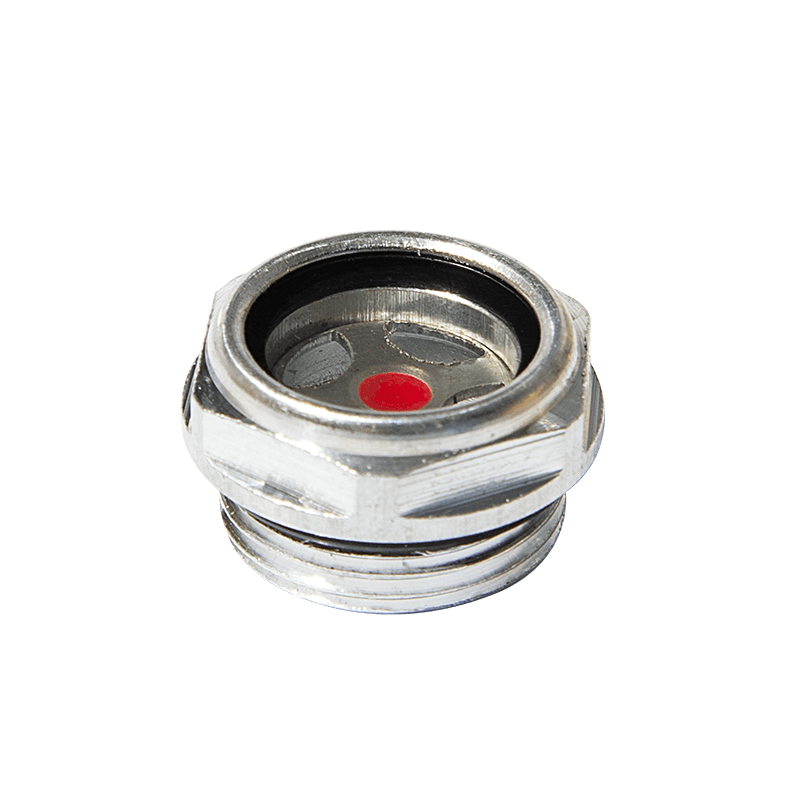
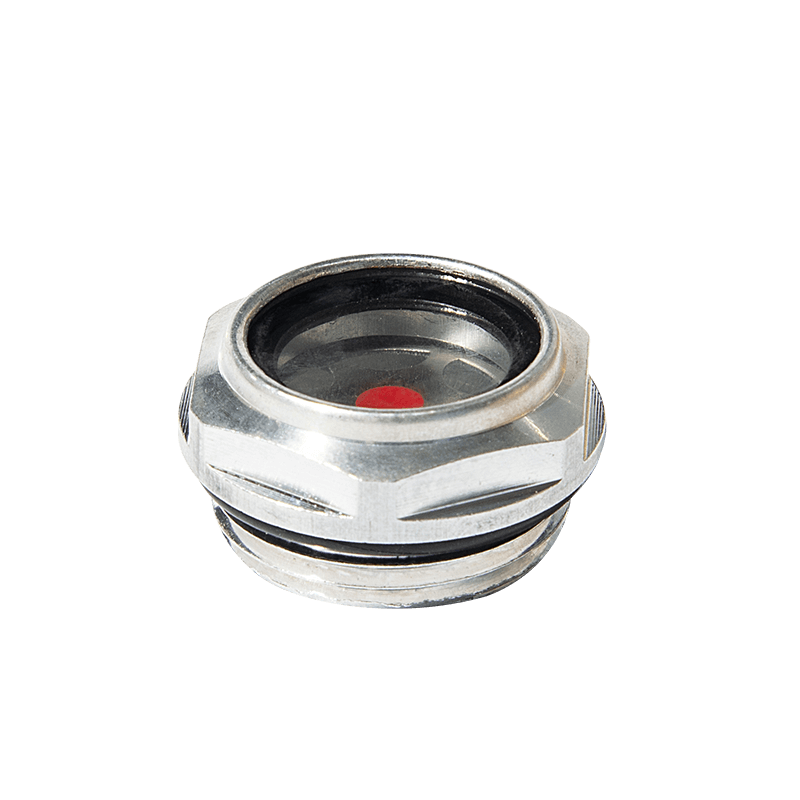
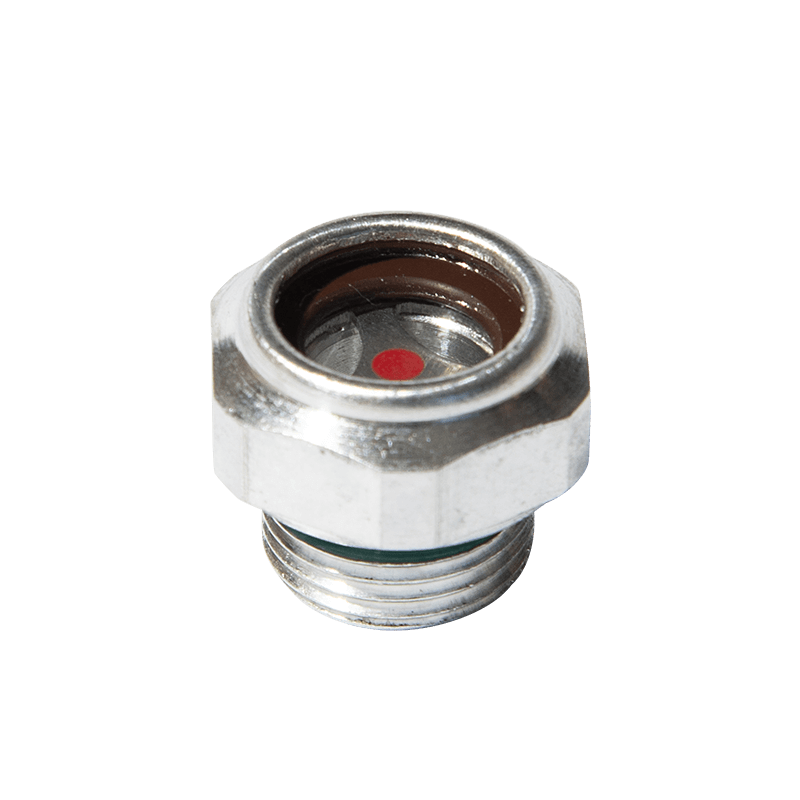
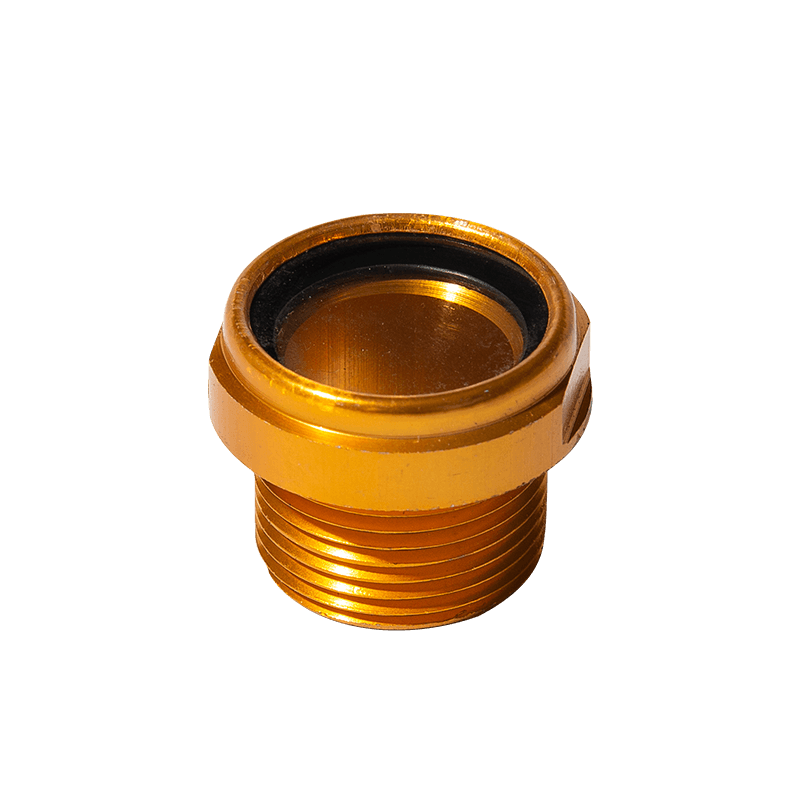
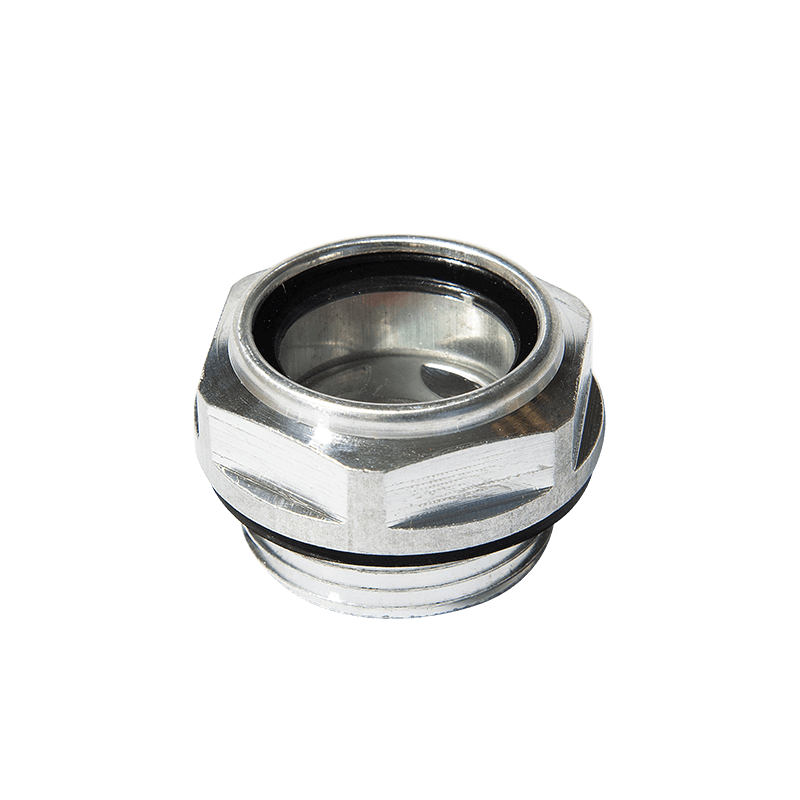
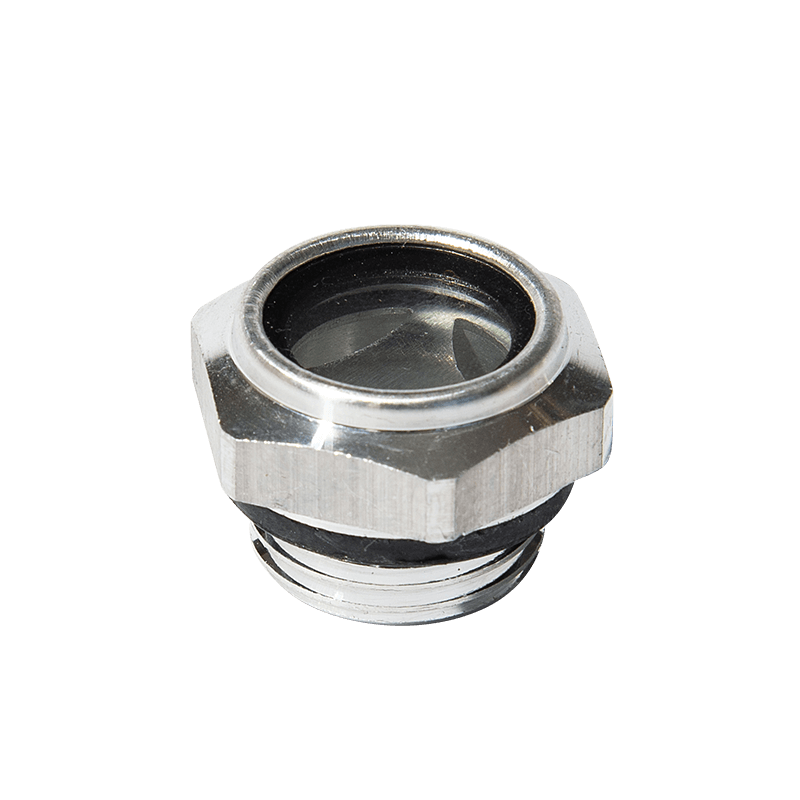
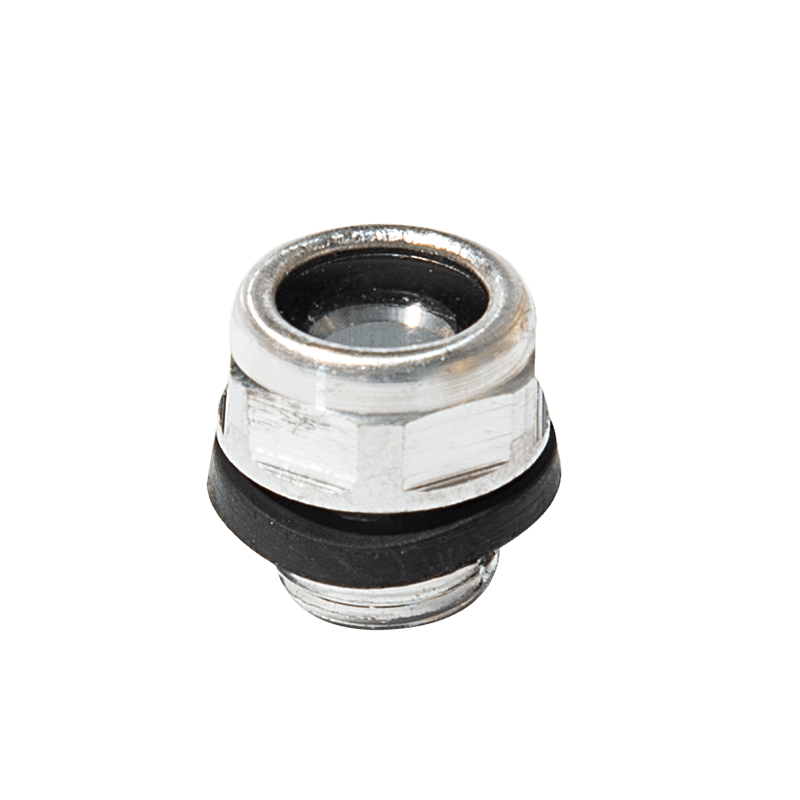
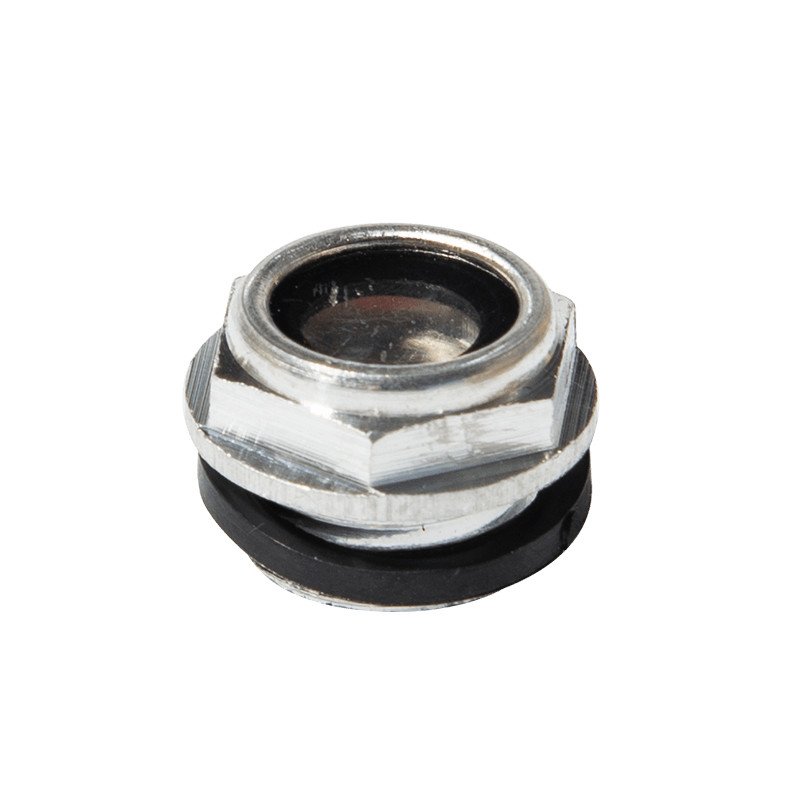
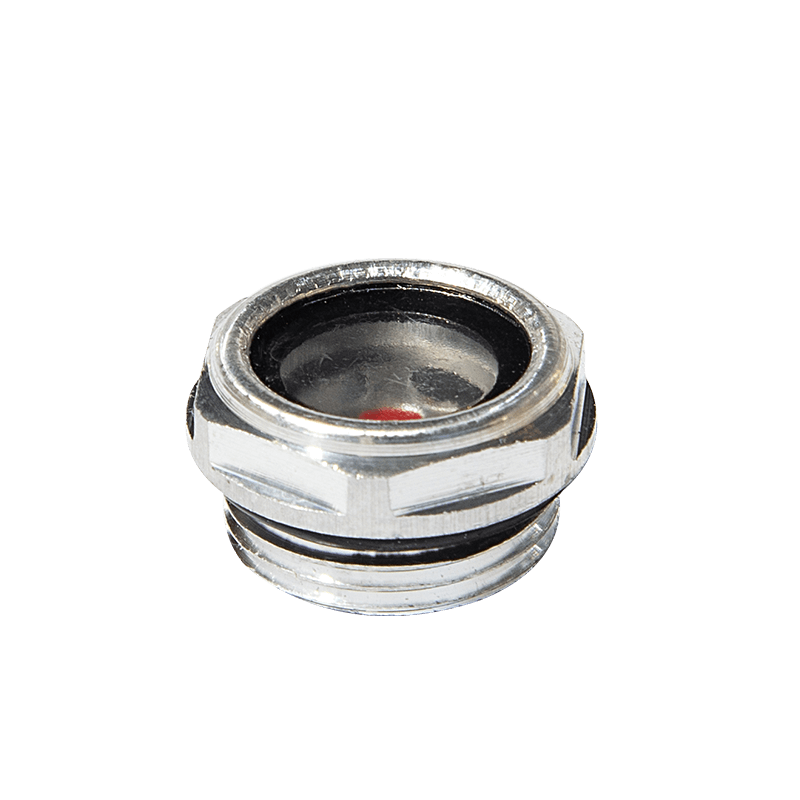
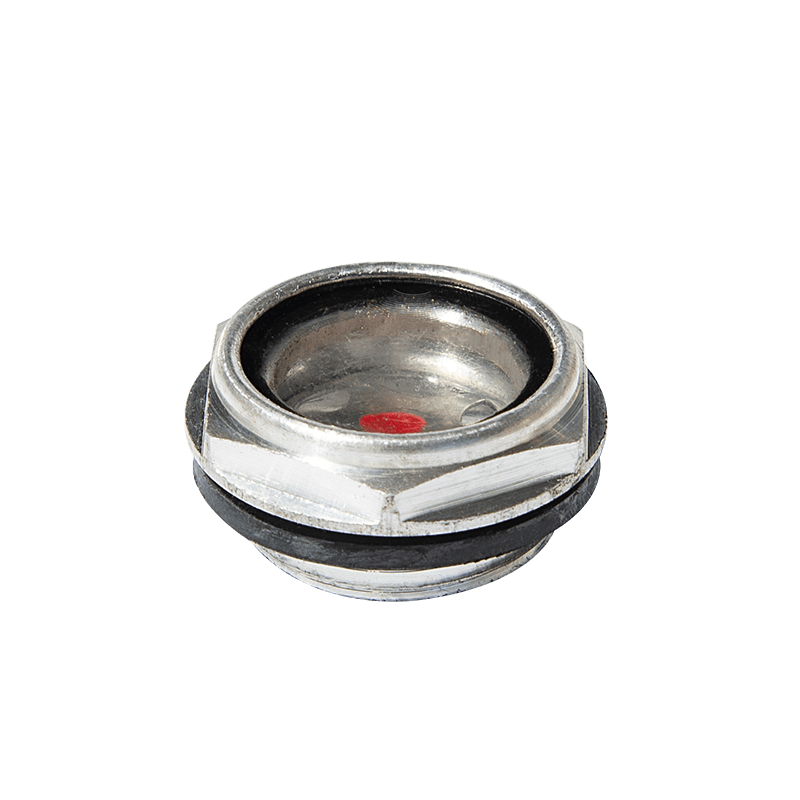





Contact Us